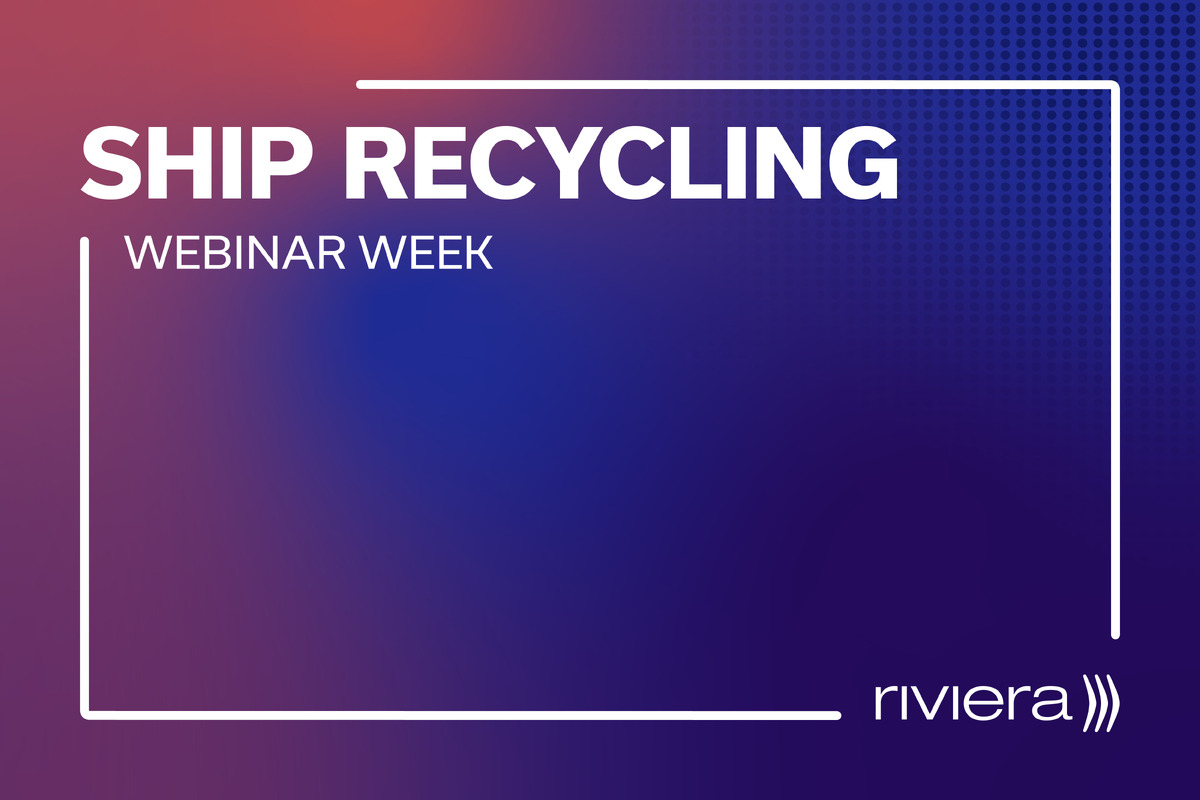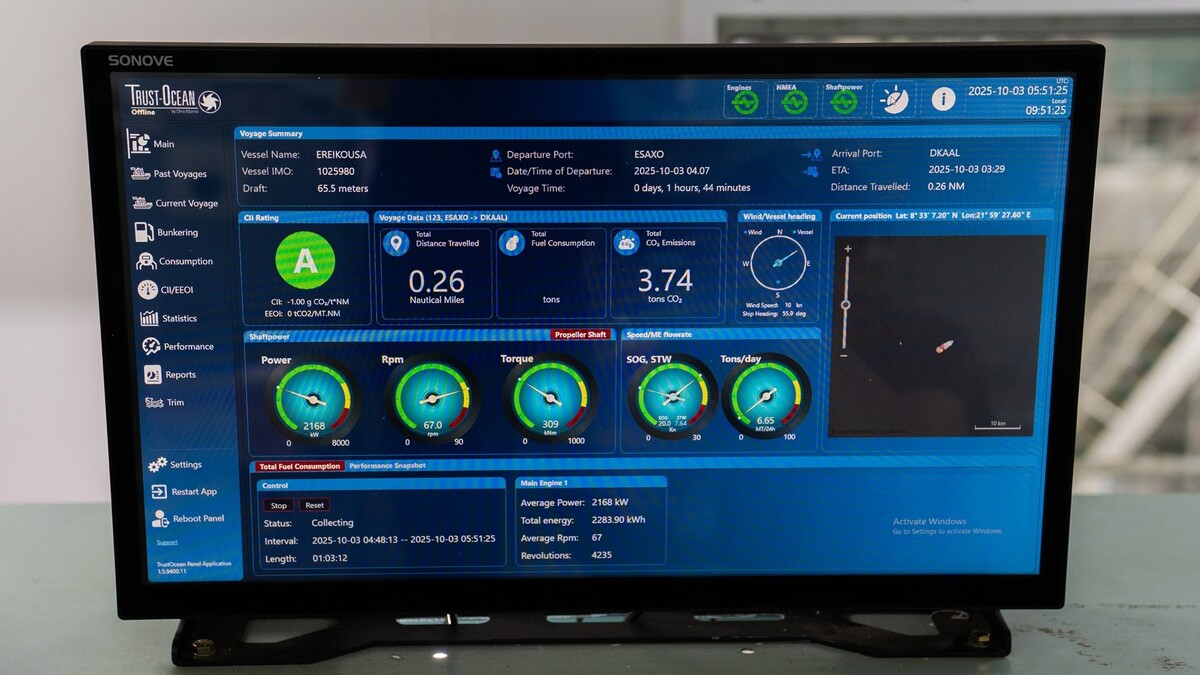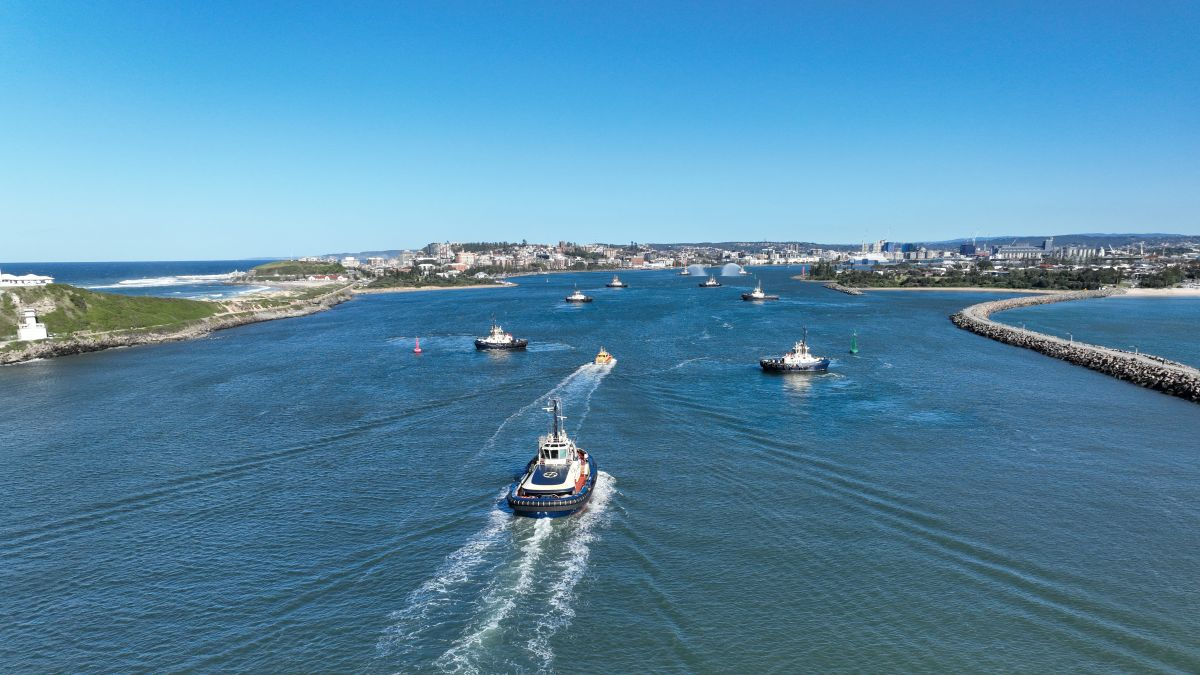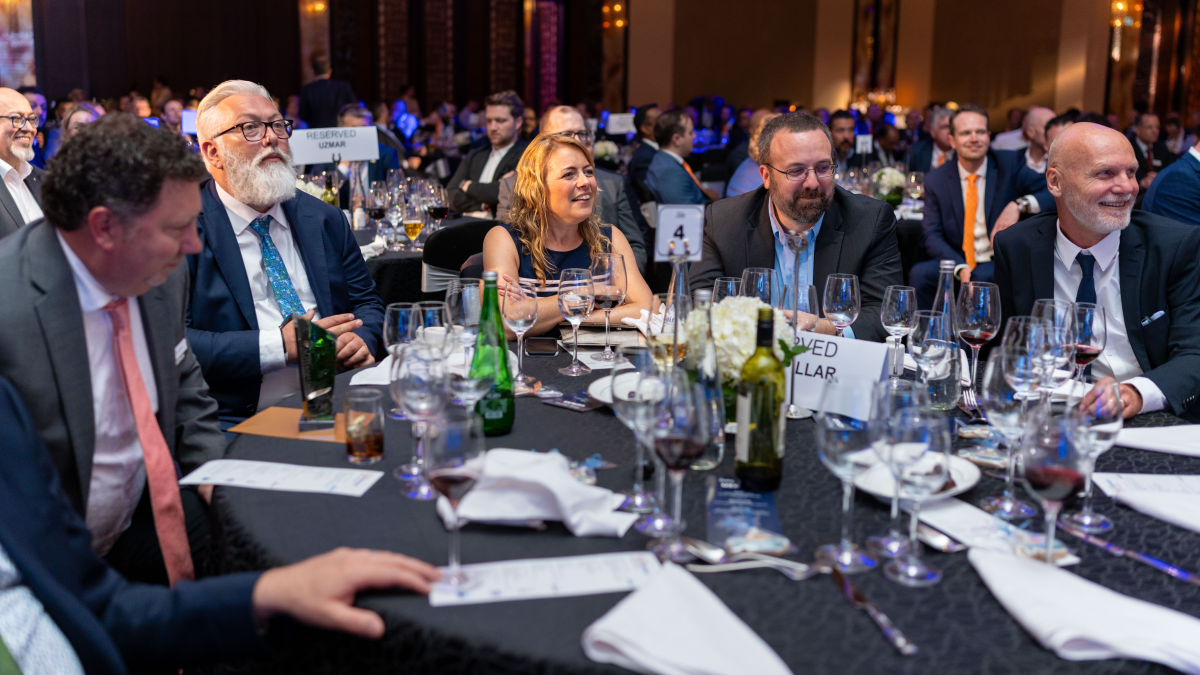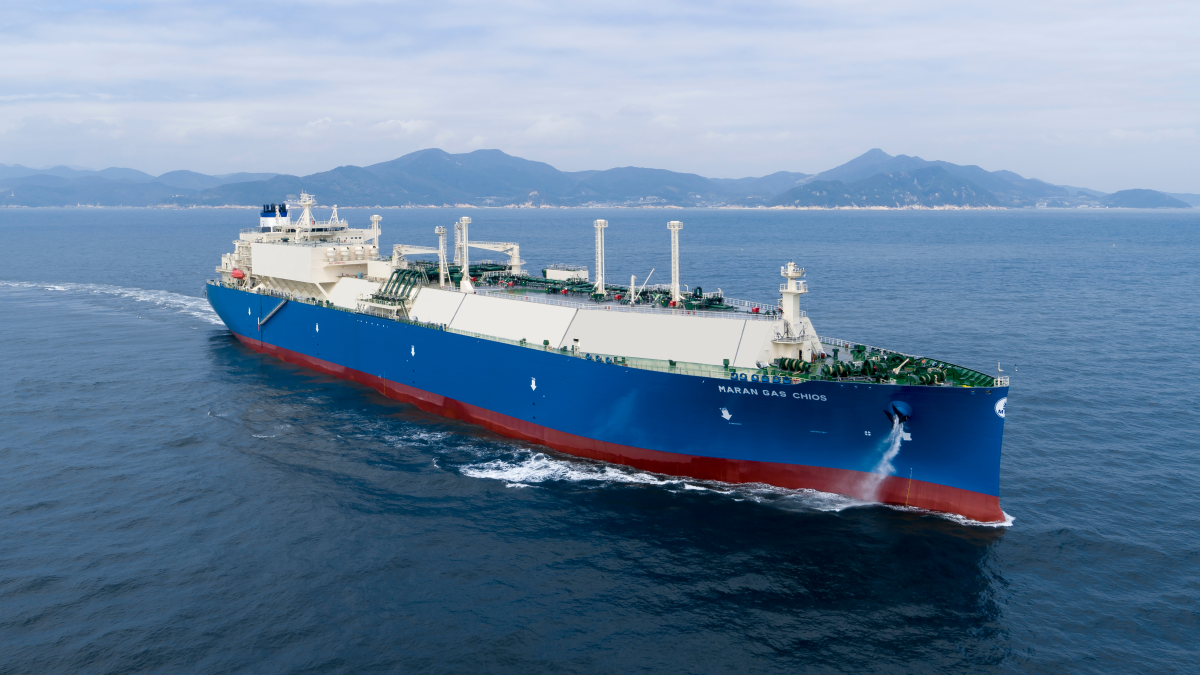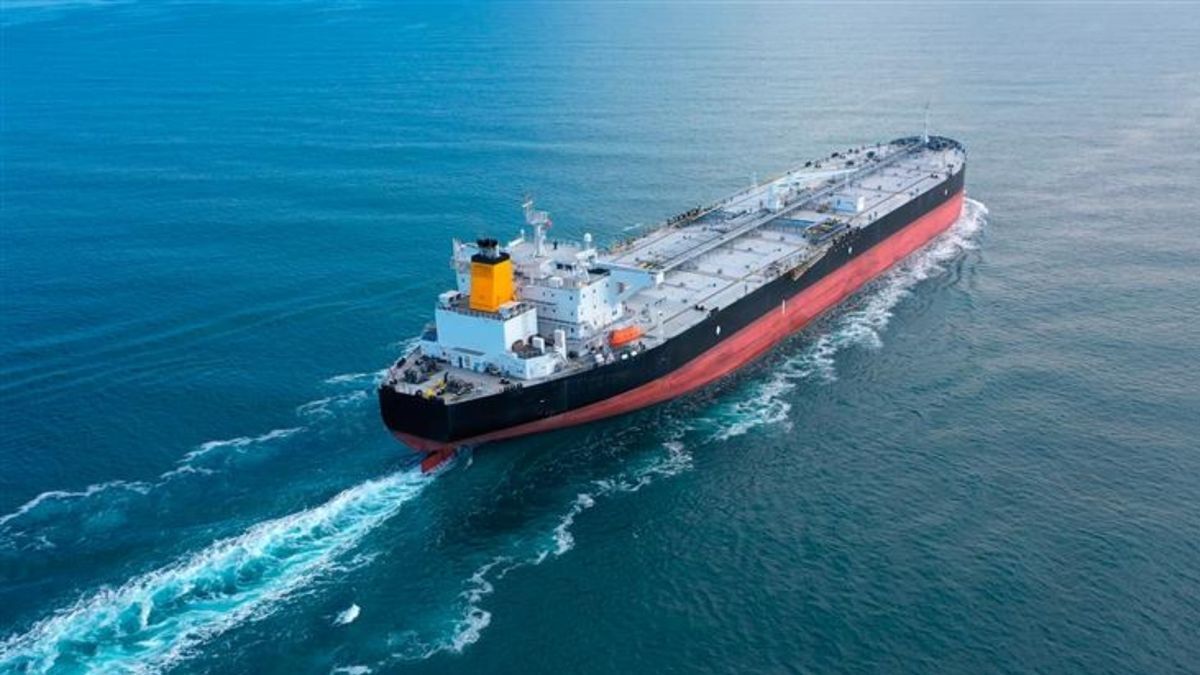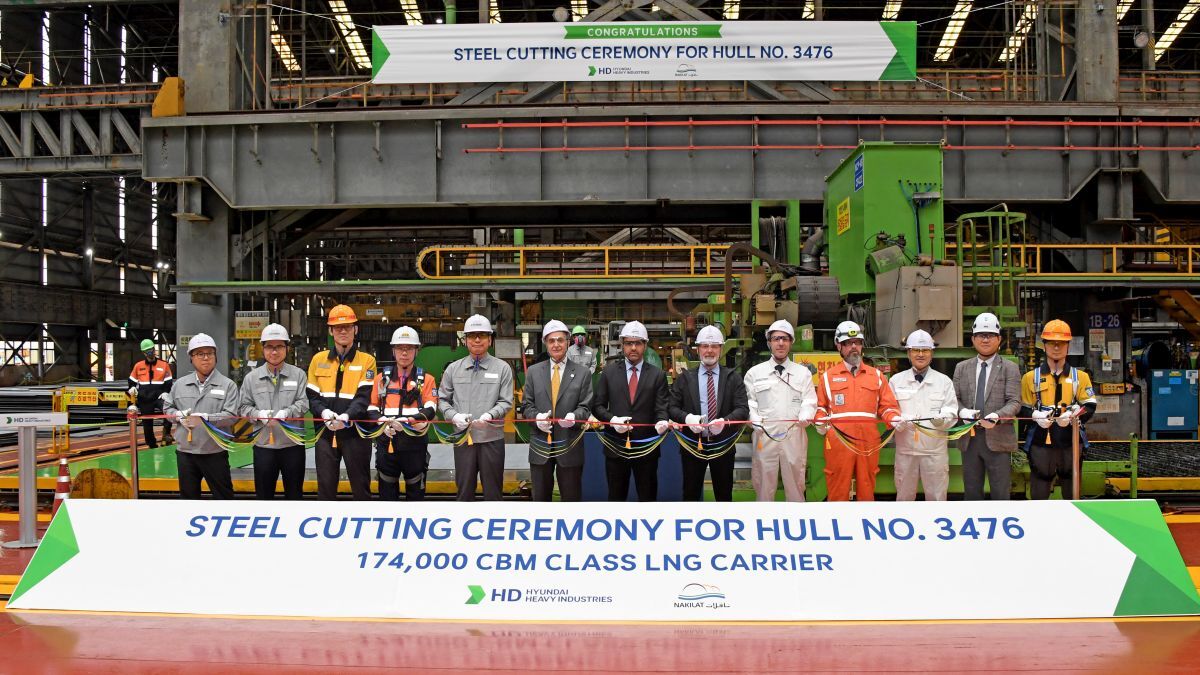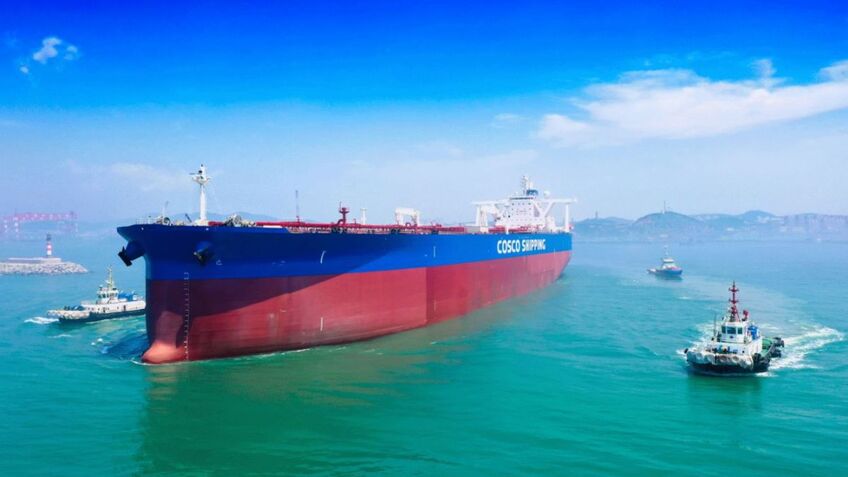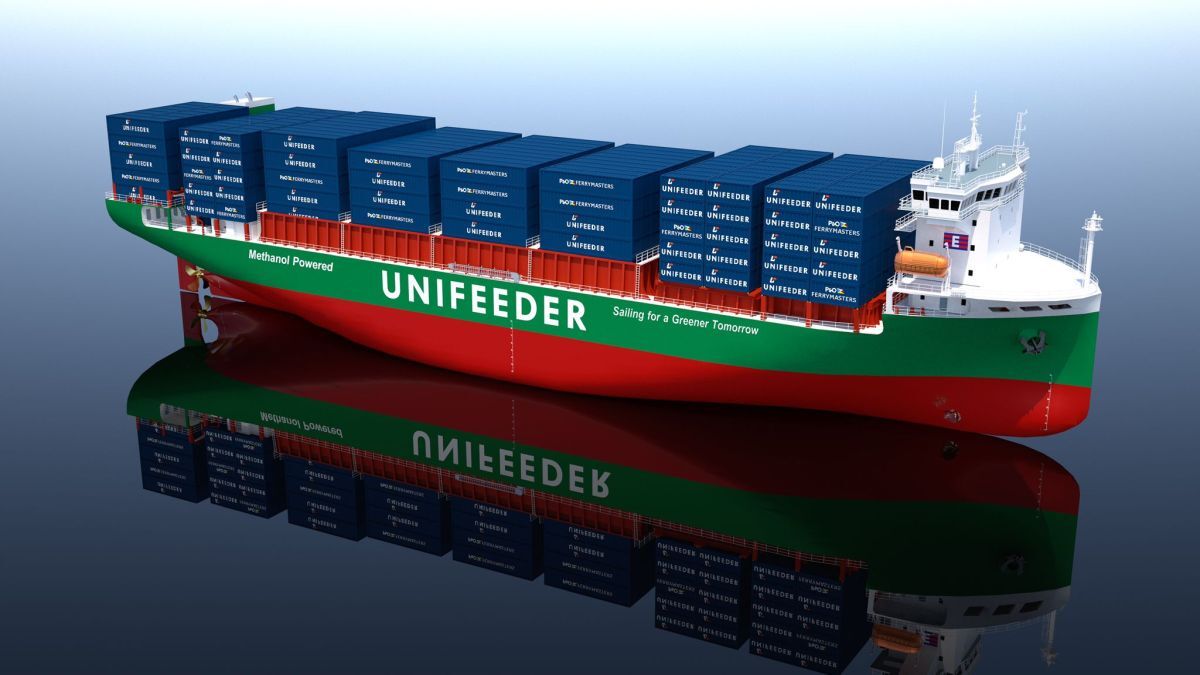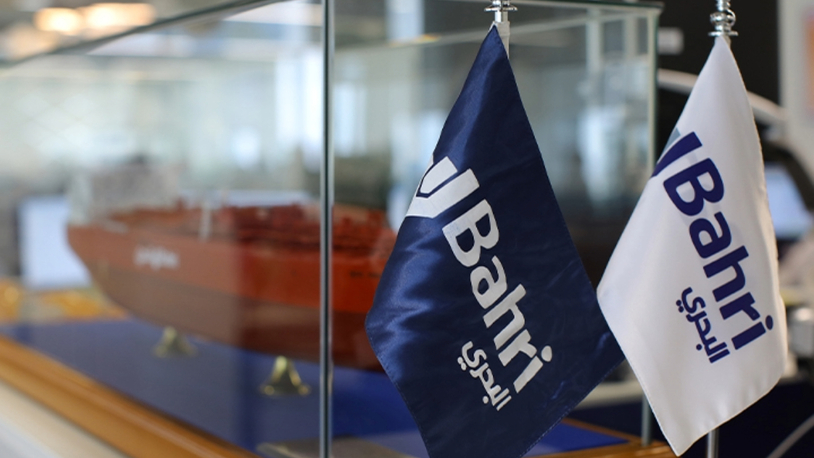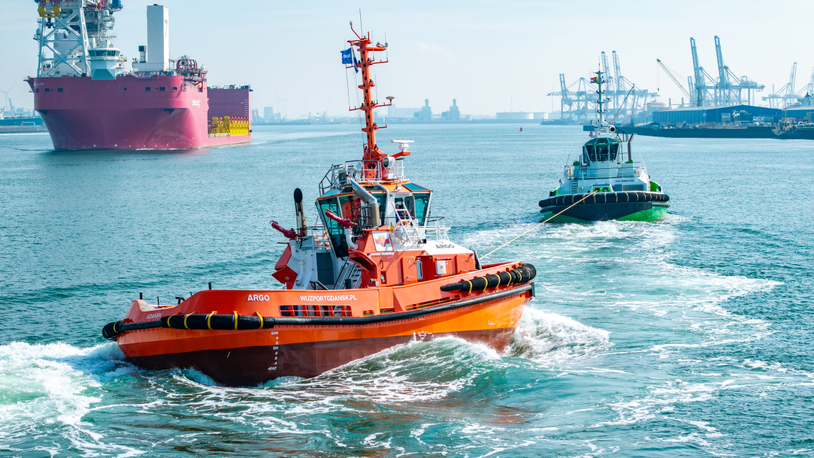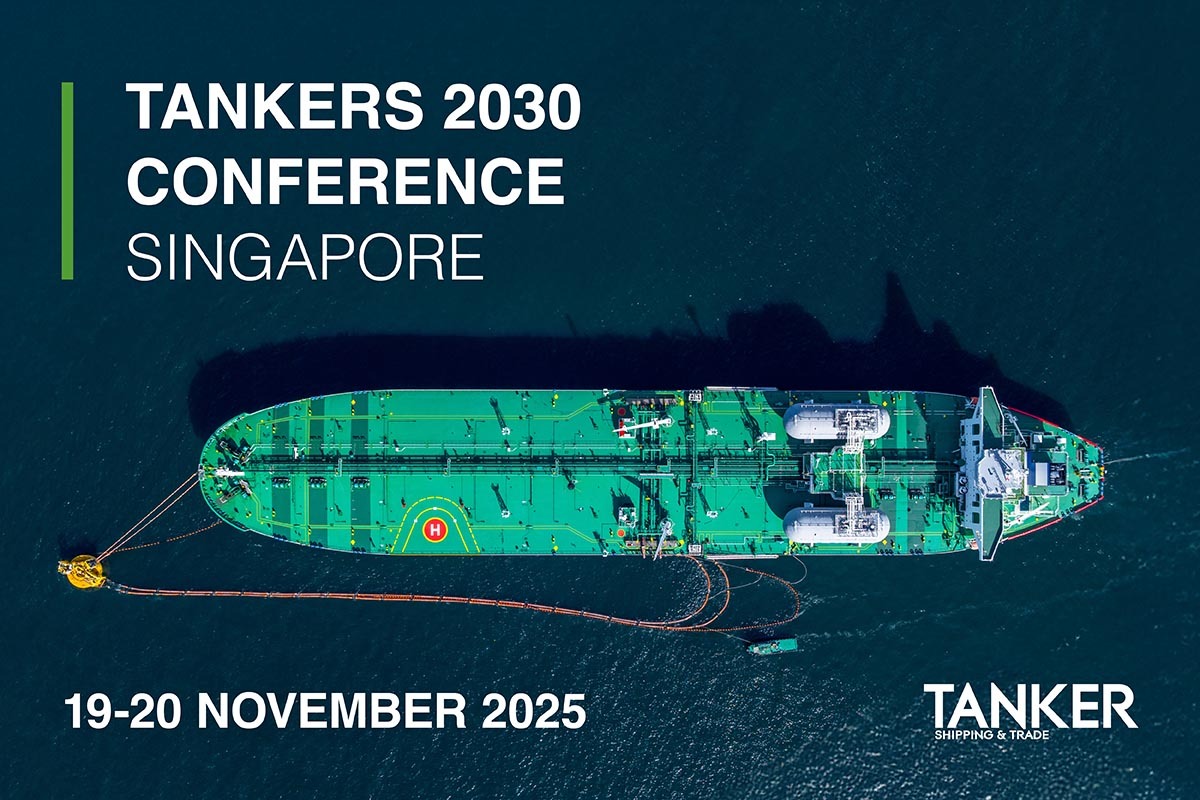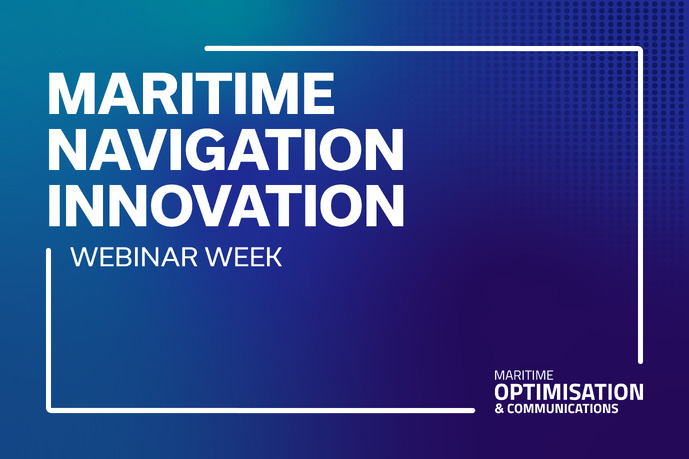Business Sectors
Events
Ship Recycling Webinar Week
Contents
Register to read more articles.
Design, emerging technologies challenge deliveries
New technologies which are transforming the tug industry can cause operational challenges on long ocean voyages
Design and construction trends and geopolitical developments challenge tug-delivery service providers, requiring flexibility during global voyages. The longest route tugs sail on their own keel is from the shipyard where they were built and commissioned to their first home port.
Crews on these delivery voyages are often new to the vessel and the technology on board, especially energy storage systems for hybrid or electric propulsion. New routes may need to be plotted due to emerging risks, and tugs sometimes need to respond to maritime emergencies.
Redwise has travelled lengthy tug delivery routes this year and piloted tugs with new designs to their owners in 2025, while avoiding high-risk areas. Its most notable deliveries included sailing two of the first three TRAnsverse-design tugs from Uzmar’s shipyard in Izmit, Turkey, to Newcastle, Australia, where they were safely delivered to Svitzer.
TRAnsverse 3200-design Svitzer Barrington and Svitzer Nobbys travelled across the Mediterranean, the Atlantic Ocean, through the Panama Canal and then across the Pacific Ocean, more than 14,500 nautical miles, instead of a shorter route through the Suez Canal and the Red Sea, where attack risks are higher.
“In response to shifting geopolitical situations, such as the current safety concerns in the Red Sea, we adjust routes, logistics and timings,” says Redwise commercial manager Jordy Burggraaf.
“The changing safety situation in regions such as the Red Sea has made the traditional routes not viable, forcing longer detours and additional planning for fuel and supplies over extended voyage stretches,” he explains. “We closely monitor global conditions and adapt each delivery plan to maintain safety and reliability under all circumstances.”
Another challenge is getting crews on site and on board tugs due to visa issues and supplying enough fuel for a newbuild tug’s delivery voyages.
“One of the main developments we see today is that tugs are becoming more compact,” says Mr Burggraaf. “While this is efficient for their operational purposes, it often results in reduced fuel capacity and limited accommodation. This requires even more precise voyage planning, sometimes creative routeing, and logistical co-ordination to ensure safe and timely deliveries over the longer distances.”
In addition, new technologies that are transforming the tug industry, especially deploying energy storage systems and equipment to process and combust alternative fuels, can be challenging.
“A welcome and positive evolution, but one that presents new challenges for engineers and our office organisation that supports the crews on board while they are en route,” says Mr Burggraaf.
“Every tug delivery is unique. When working with smaller tugs with limited onboard fuel capacity, we rely on meticulous preparation, smart routeing and creative solutions.” This could include installing tanks on deck to temporarily extend fuel capacity where feasible.
“With a short familiarisation time before departure while taking over a brand-new tug, the team on board must quickly master advanced systems and hybrid or fully electric propulsion technologies,” he says.
“Thanks to their experience, training and adaptability, our crews are well-prepared to meet these challenges and ensure every tug is delivered safely and efficiently, no matter how complex the voyage.”
During some routes, newbuild tugs are required to respond to emergencies, such as ship fires, towage or salvage. This happened off West Africa to two reverse stern drive (RSD) tugs, Captain Cat and Med Rigel, Redwise was sailing from Vietnam to Trieste, Italy, when they encountered a burning container ship.
“During their transoceanic voyage across the Atlantic, these tugs and their Redwise crews rendered valuable assistance in a fire-fighting operation alongside Marie Maersk,” says Mr Burggraaf. “Their timely intervention helped contain the fire and prevent a more severe outcome. A great example of the seamanship, readiness and professionalism of our crews at sea and a reminder that a delivery voyage often involves much more than simply crossing the ocean.”
Each delivery voyage is implemented by experienced crews and backed by a skilled shore-based organisation to ensure complex vessels are managed safely and efficiently on every route.
“While delivering a well-built and conventional vessel from A to B, the projects we face fall outside the ordinary,” says Mr Burggraaf. “Voyages with new types of vessels; vessels with new technologies implemented; and vessels sailing on routes they were never designed for. In such cases, our strength lies in taking the lead, co-ordinating with stakeholders and applying our knowledge and good seamanship to make these deliveries possible.”
Redwise works with owners, operators, flag states, classification societies, insurers, shipyards, suppliers and surveyors for these voyages. Many of its tugboat voyages involve newbuilds heading to their first operational port, but other projects include mobilising existing vessels due to changes in ownership or repositioning them to new ports while staying with the same operator. Some are for major international tug operators, while others are for specialised regional players or for the shipyards that build these vessels.
2025 projects
Redwise completes plenty of delivery voyages for tugs built by Damen Shipyards from Hai Phong, Vietnam, including RSD 2513 design tugs Captain Cat and Med Rigel. In 2025, Redwise also sailed newbuilds VB Apache and VB Cobra from Vietnam to Balboa, Panama, for Boluda Towage, and it routed Iztapa from Damen’s shipyard to Puerto Quetzal, Guatemala.
It also mobilises tugs built in China by companies such as Cheoy Lee Shipyards to new homes and owners. In 2025, this included sailing PSA Pucara from Zhuhai, China, to Callao, Peru, for PSA Marine and Teja from Zhuhai to Valparaiso, Chile, to begin operating for CPT. Another trans-Pacific route was completed with RPM Comala from Nansha, China, to Tampico, Mexico.
Newbuilds from Turkish builders are mobilised by Redwise crews to Europe and Australia, including Uzmar-built Svitzer Barrington and Svitzer Nobbys. Redwise delivered RAmparts 2400SX-MKII design tug, Boss, to Stavanger, Norway, after its construction by Sanmar Shipyards for owner Bukser og Berging.
A technology innovation on this 24-m vessel is an integrated bridge system, which Sanmar claims is the first in the tugboat sector. Redwise also delivered P&O Africa from Med Marine’s shipyard in Eregli, Turkey to Limassol, Cyprus.
It remobilised two Rotortugs (RT) from Singapore for Kotug International, with RT Eduard going to Hull, UK, and RT Force going to Walvis Bay, Namibia. In another, Redwise mobilised Ocean Stevns from Vancouver, Canada, to Kingston, Jamaica.
Mr Burggraaf says more are underway in Q4 2025 and planned for 2026. “The industry is constantly evolving, and each year brings new challenges to overcome,” he says. “Our focus is to ensure that every client can continue to depend on Redwise as a trusted partner for vessel mobilisations.”
The company is at the forefront of technological developments and ready to “assess and use new technologies and to adapt to the evolving needs of our clients and the wider maritime industry.”
Redwise continues to update its crew training and knowledge of upcoming regulatory changes and technological advancements, and it collates operational information. “We collect and analyse data to optimise our performance, improve efficiency and further reduce emissions during delivery voyages,” Mr Burggraaf says.
The 28th International Tug & Salvage Convention, Exhibition & Awards will be held in Gothenburg, Sweden, in association with Caterpillar, 19-21 May 2026. Use this link for more details of this industry event and the associated social and networking opportunities.
Related to this Story
Events
Ship Recycling Webinar Week
International Bulk Shipping Conference 2025
Tankers 2030 Conference
Maritime Navigation Innovation Webinar Week
© 2024 Riviera Maritime Media Ltd.
